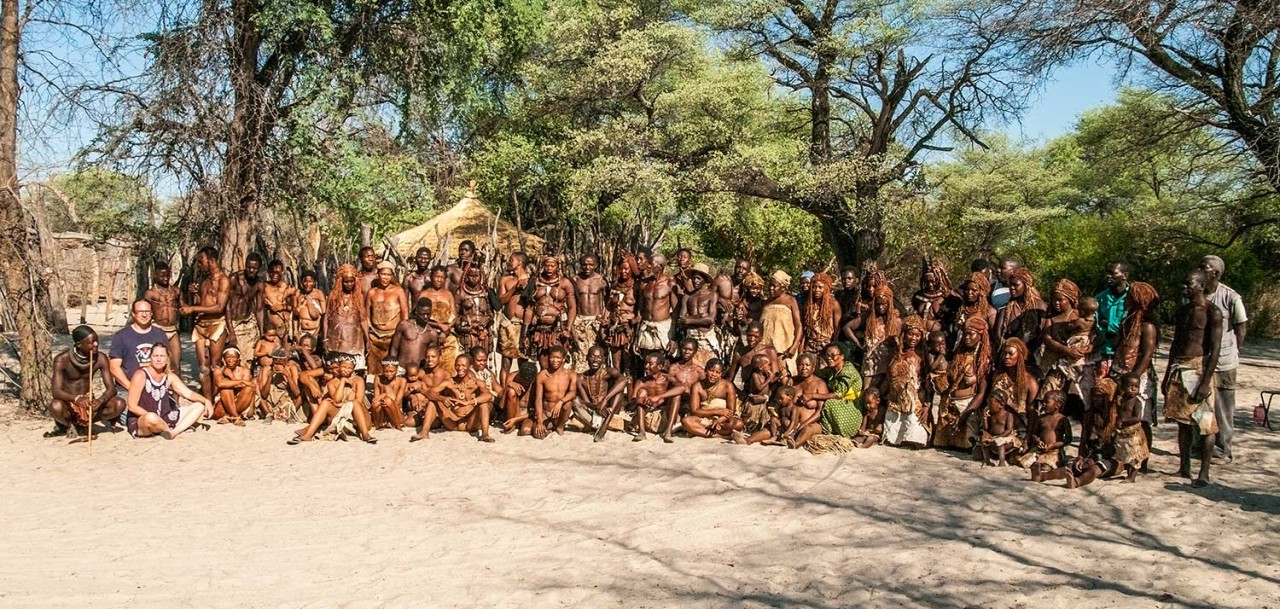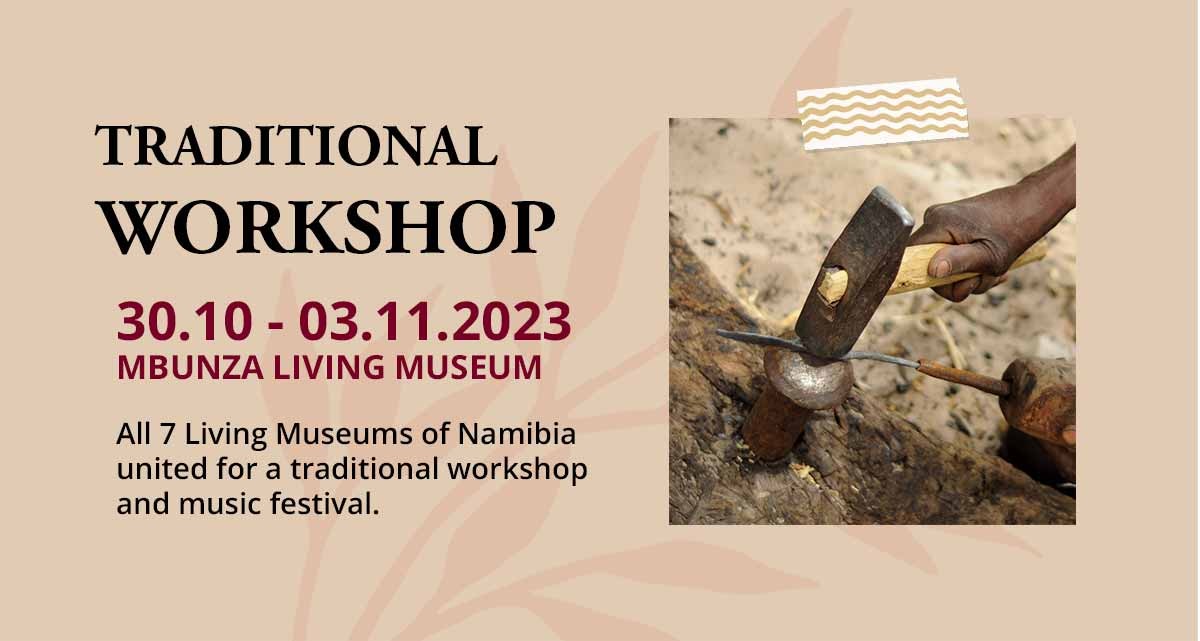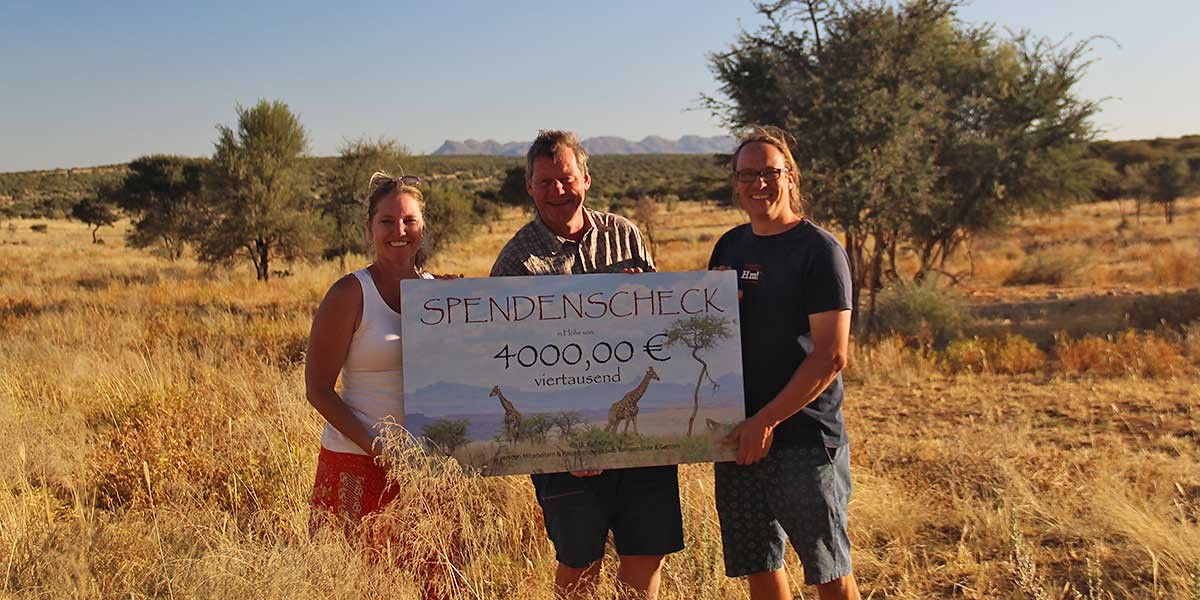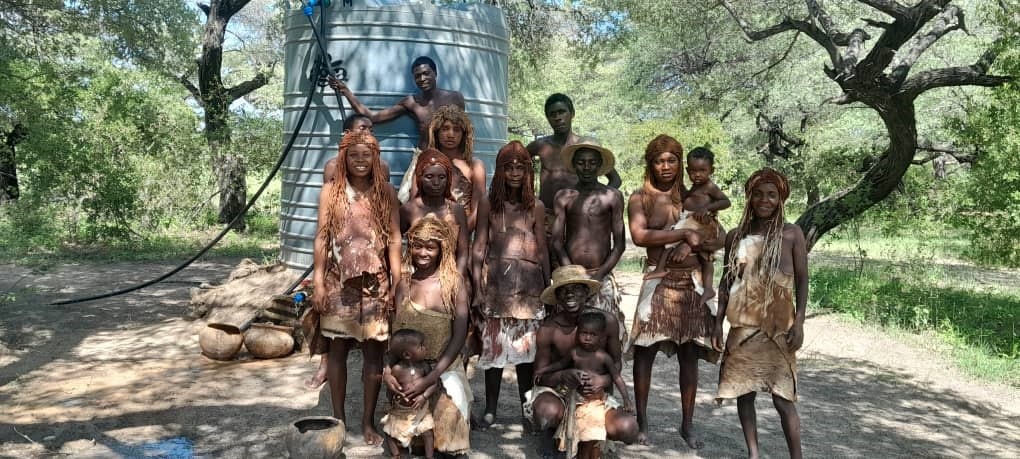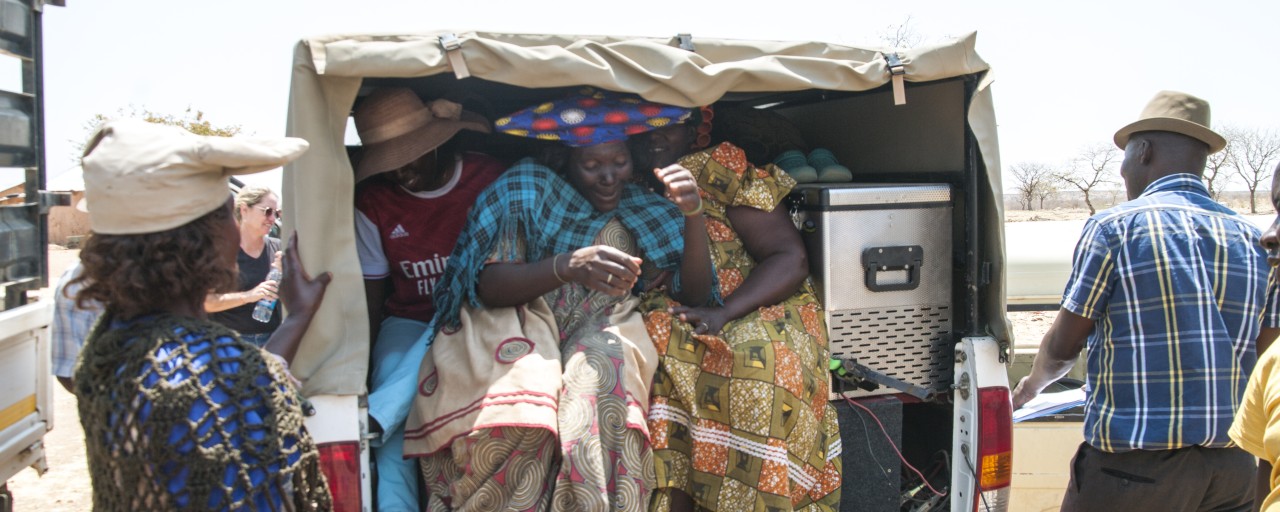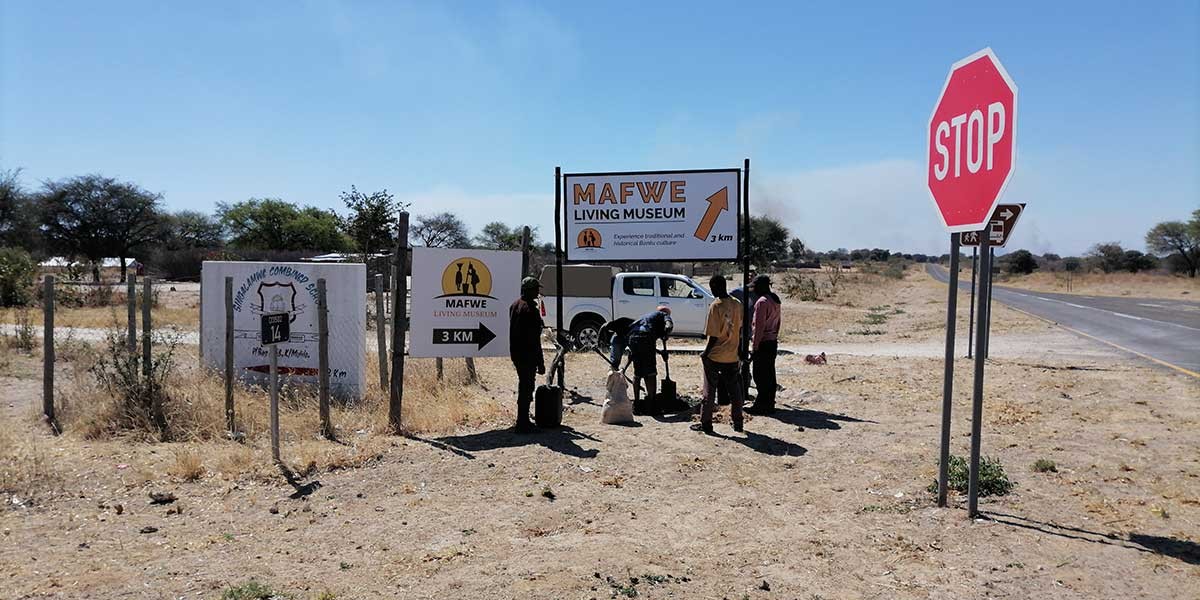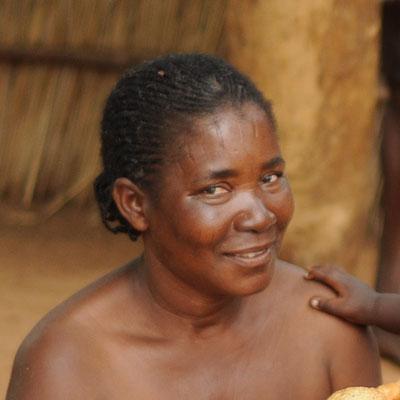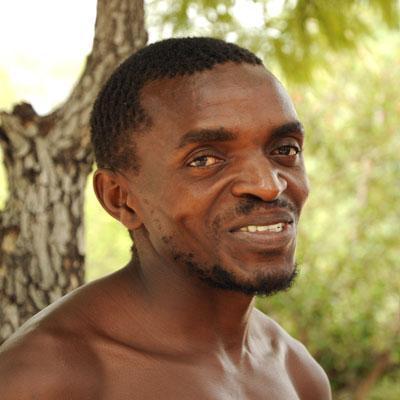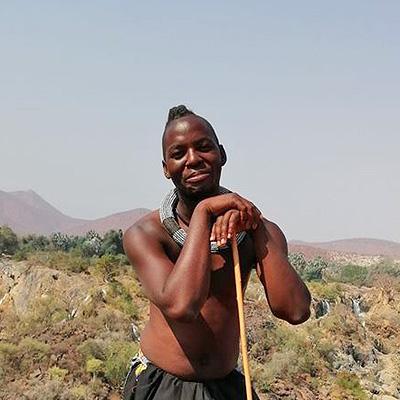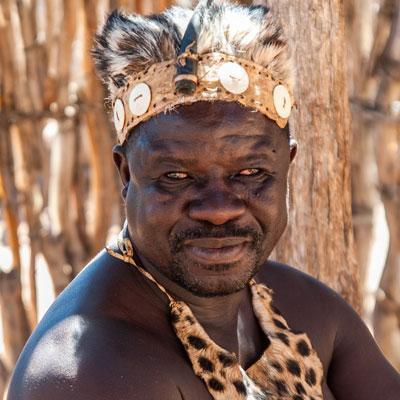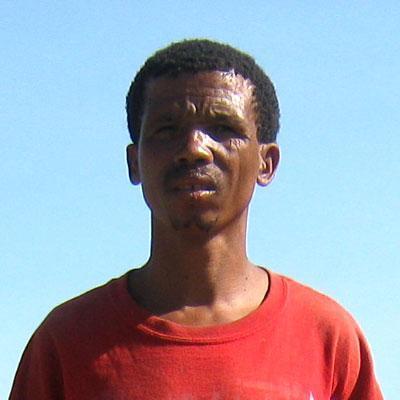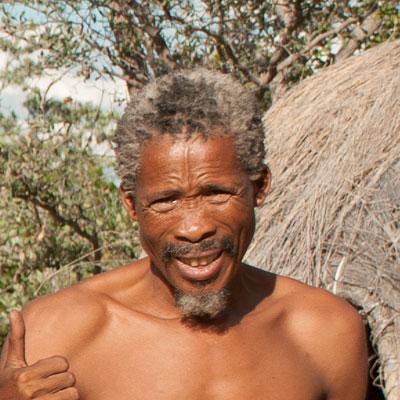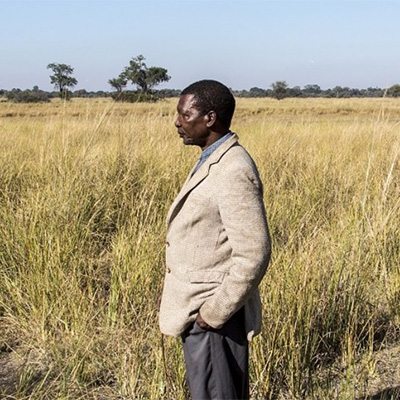Today the 09th August 2013 marks the day of the indigenous peoples. This day was proclaimed by the general assembly of indigenous peoples in 1994 and intends to strengthen and to protect the rights of indigenous peoples.
On this note we hope that the rights of all indigenous peoples worldwide, who in most cases represent minorities and are often endangered fringe groups, will finally be respected from the governments.
Through our work with the Living Museums we attempt to support the self-determination ot the indigenous peoples in Namibia, to help them find the way into modern society.
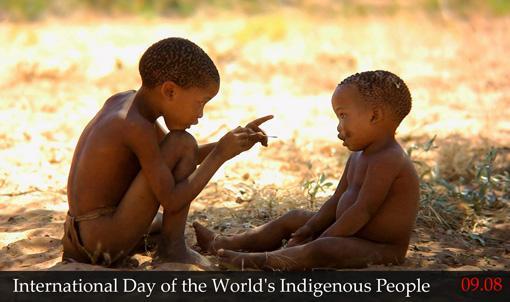
Annual General Meeting
In June 2013 the LCFN and the associated foundation LCN e.V. held their AGM in Lehmke, in the beautiful Luneburg Heath. Here the hitherto successes, challenges and future plans of our charitable organisation were discussed by numerous members from Germany and Namibia.
Successes of the Living Museums
The five Living Museums which are supported by the Living Culture Foundation Namibia work successfully also in times of a stagnating tourism industry due to the European economic crisis.
Altogether 180 actors within the Living Museums received more than 10.000 visitors in 2012, a huge success for the community based, self-managed museums. This did not only considerably improve the livelihood of the actors, but also of their extended families. We estimate that at least 1500 people in Namibia are profiting indirectly from the work of the Living Culture Foundation.
The Living Museum of the Ju/‘Hoansi: This Museum is the first Living Museum in Namibia. It represents the hunter-gatherer culture of the San. Main focuses here are the bush walk (nutrition and medicine) traditional hunting methods, singing and dancing, jewellery production.
- Facts
- Opening: June 2004
- Actors: 75
- Visitors and Income 2012
- Visitors: 2611
- Income: N$ 750.265
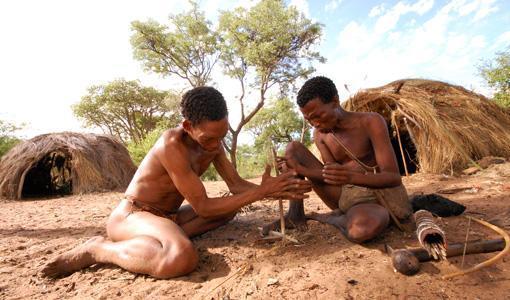
Living Museum of the Mafwe: The Mafwe Museum is the second Living Museum in Namibia. Here the actors illustrate the Central-African Bantu culture. Main focuses are fishing, agriculture, traditional ceremonies and dances.
- Facts
- Opening: February 2008
- Actors: 21
- Visitors and Income 2012
- Vistors: 848
- Income: N$ 127.773
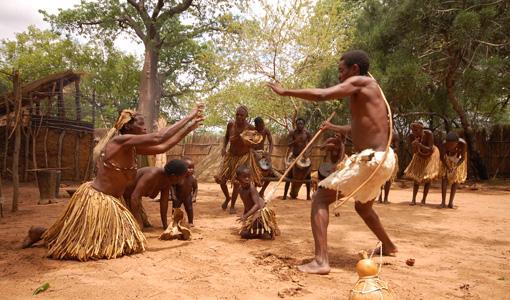
Living Museum of the Damara: Our third Museum in Namibia. Here parts of the almost vanished Damara culture have been reconstructed. Main focuses are traditional healing methods, the Damara iron-smith masters, games and dances from old times.
- Facts
- Opening: Februar 2010
- Actors: 30
- Visitors and Income 2012
- Visitors: 6485
- Income: N$ 421.715
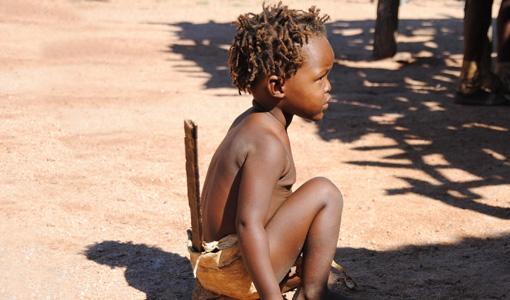
Living Hunter’s Museum of the Ju/‘Hoansi: Number 4: The Hunter’s Museum north of Tsumkwe depicts the culture of the Ju/‘Hoansi-San. Especially the bush walks, the experience of a traditional hunt, singing and dancing and tracking are of great interest.
- Facts
- Opening: February 2010
- Actors: 25
- Visitors and Income 2012
- Visitors: 477
- Income: N$ 107.295
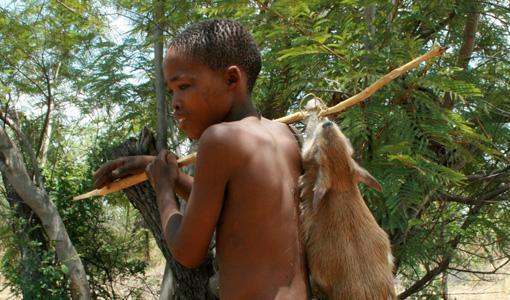
Living Museum of the Mbunza: And last but not least the Living Museum of the Mbunza, our fifth and our youngest Museum in Namibia. Here the Okavango culture is revived. Main focuses are fishing, agriculture, traditional black-smith, traditional cuisine and pottery.
- Facts
- Opening: October 2011
- Actors: 25
- Visitors and Income 2012
- Visitors: 462
- Income: N$ 60.590
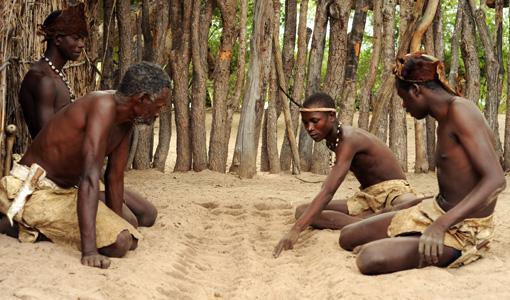
Future Prospects
Initiating Museums
After mainly concentrating on quality control in the existing museums in 2012, we again focus on initiating new Living Museums during 2013 and 2014.
At the beginning of September we will embark on an intensive project tour into the isolated Kaokoveld to discuss the possibilities of developing Living Museums with 4 or 5 Ovahimba groups, after our last Ovahimba project close to Opuwo unfortunately die not realise.
Furthermore we have interested groups of Nama and Topnaar, who we would like support with the idea of the Living Museums.
Guide-Training
Additionally we would like to improve our guide training. The guides and translators will receive training in order to pass on their knowledge to the visitors. The idea is to organise role plays in which guides of one museum take over the role of a visitor at another museum, putting himself in the position of the guests and learning which information is important and/or is lacking.
Well trained guides are essential to achieve a high quality of the Museums. Main focus will of course remain on the interactive experience, but with the help of presentation boards and well trained guides a basic historical / ethnological knowledge can be passed on.
Marketing Strategies
In 2013 and 2014 we will also invest further into marketing of the Living Museums. New information boards will be put up and we will invest in broshures and internet marketing.
We will keep you updated!
Yours sincerely,
Sebastian Dürrschmidt
Living Culture Foundation Namibia
LINKS: Indigenous people
GERMAN
Tag der indigenen Völker
- http://www.kleiner-kalender.de/event/internationaler-tag-der-indigenen-voelker/12580-welt.html
- http://www.indigene.de/news.html?&L=1
- https://en.wikipedia.org/wiki/List_of_indigenous_peoples
Allgemein
ENGLISH
Indigenous Day
General informationm











